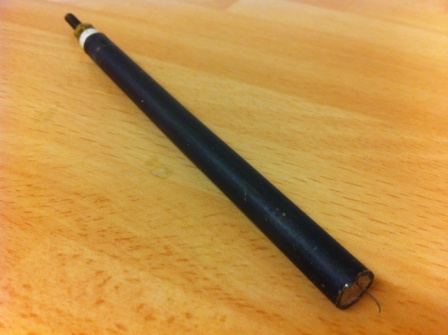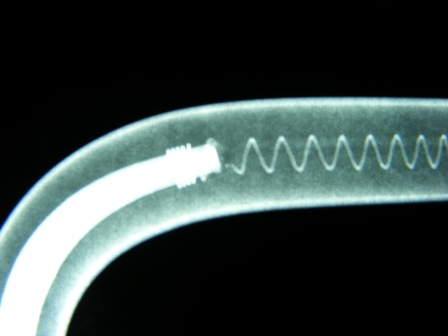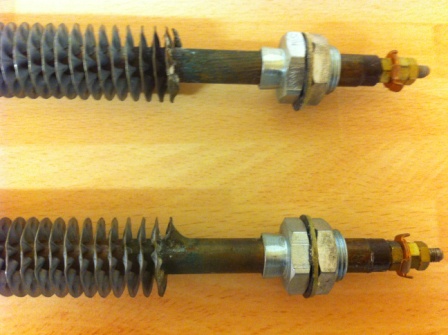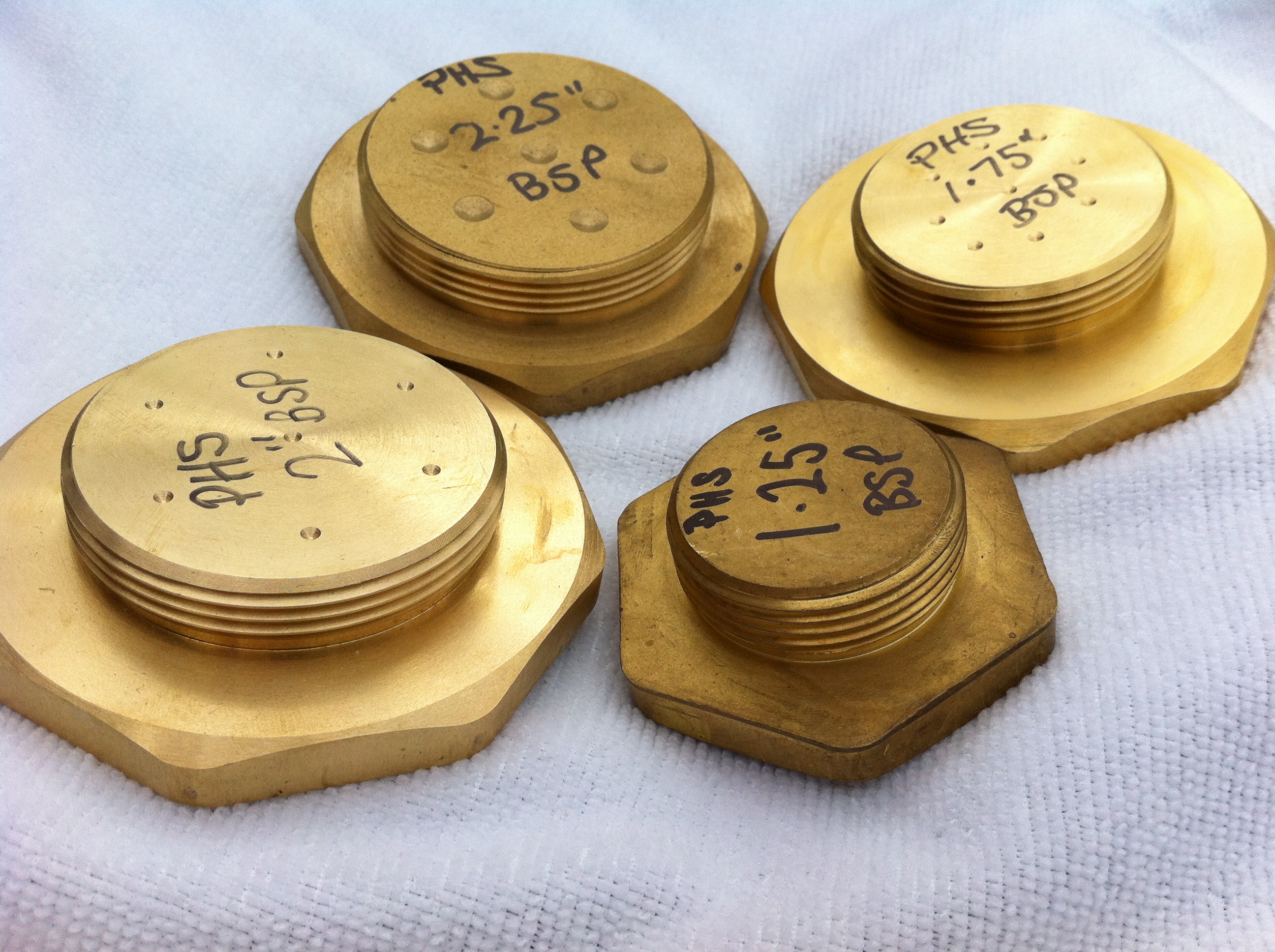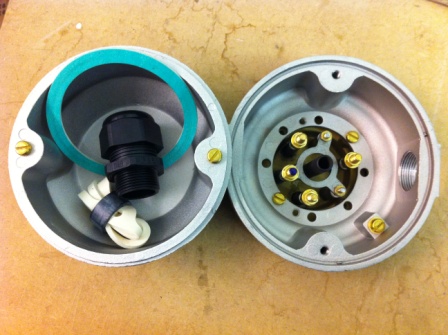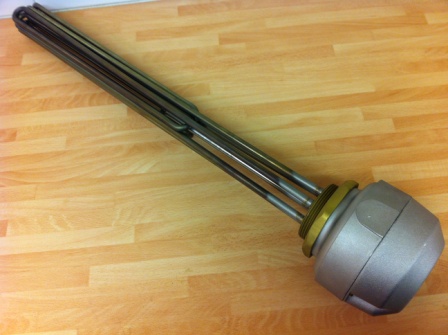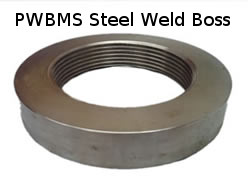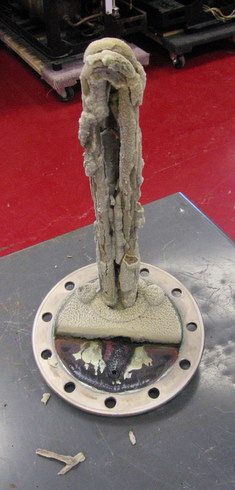Informational content provided by Jamie at Immersion Heaters UK Ltd.
Click for our online water heat up time calculations page HERE.
One question which comes up time and again is “How many kW do I need to heat up my tank?”
Or phrased a different way, “How long is it going to take my ? litres of solution to raise ? °C using my ? kW heater?”
If we can calculate the volume of water and the required temperature rise, we can answer these questions using the following formula.
It is used to calculate the power of heating element needed to heat a specific volume of water by a given temperature rise in 1 hour.
volume in litres x 4 x temperature rise in degrees centigrade / 3412
(4 being a factor and 3412 being a given constant)
for example 100 litres of water, to be heated from 20ºC to 50ºC, giving a temperature rise of 30ºC would give –
100 x 4 x 30 / 3412 = 3.52
meaning that the water would be heated in 1 hour by 3.5kW of applied heat.
Also we can use this information to extrapolate both ways. To heat the same water volume in half the time (30 minutes) would need twice the heating power, ie, 7kW.
Converesely, if we only use half the heating power, 1.75kW, it will take twice as long to heat up to desired temperature, ie, 2 hours.
If we only have a 1kW element available, we will expect a heat up time circa 3.5 hours.
Also we can use this formula as the basis of similar calculations for heating oil. Generally speaking, oil heats up in about half the time of water, due to its viscosity & density. However, oil requires a much lower watts density element than water, as described here in the “How to choose an oil heater” article.
Another variant of this formula, given here at the excellent website Sciencing.com gives the following varaint of the formula & subsequent explanation-
Pt = (4.2 × L × T ) ÷ 3600
Calculate Kilowatt-Hours
Calculate the kilowatt-hours (kWh) required to heat the water using the following formula: Pt = (4.2 × L × T ) ÷ 3600. Pt is the power used to heat the water, in kWh. L is the number of liters of water that is being heated and T is the difference in temperature from what you started with, listed in degrees Celsius.
Solve for Thermal Power
Substitute in the appropriate numbers into the equation. So imagine you are heating 20 liters of water from 20 degrees to 100 degrees. Your formula would then look like this: Pt = (4.2 × 20 × (100-20)) ÷ 3600, or Pt = 1.867
Divide by Heater Element Rating
Calculate the amount of time it takes to heat the water by dividing the power used to heat the water, which was determined to be 1.867 with the heater element rating, listed in kW. So if your heater element rating was 3.6 kW, your equation would look like this: heating time = 1.867 ÷ 3.6, or heating time =0.52 hours. Therefore, it would take 0.52 hours to heat 20 liters of water, with an element with a rating of 3.6 kW.
Which made better sense in my little brain when I put a multiplication sign between P and t, allowing 30+ year old math class memories to clarify that if you move the Power (P) or the Hour (t) to the other side of the equals symbol, we gotta divide by that number also. “Change the side, change the sign” Thanks Mr Phipps, some of it actually stuck, hope you are still above ground, happy & healthy.
P x t = (4.2 × L × T ) ÷ 3600
…which doesn’t usually “show” as t = 1 hour, as in kW(1)h.
Hope you found this useful.
Any feedback, suggestions, improvements, etc, PLEASE COMMENT, I promise to read ’em.
If you now want to buy something to actually do some heating, you have options.
All content provided by Jamie, who is Immersion Heaters UK Ltd, BreweryHeaters.co.uk, Heating Elements.co.uk & FlangedImmersionHeaters.co.uk. And we do Vat Heaters as well, if you wanna go “Over the Side.”
Or just call 07897 246 779 and have a chat.
